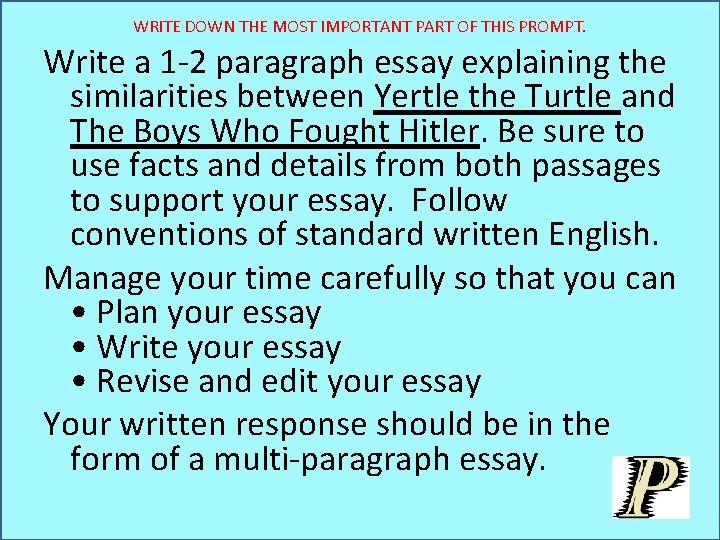In this article, we’ll discuss the Structure of a multi paragraph essay, including the transitions between sentences and the Body and Conclusion paragraphs. Once you understand the structure, you can move on to the next step: writing the introduction. Next, we’ll talk about the Transitions between sentences. And, finally, we’ll discuss the conclusion. Hopefully, this will help you write a better multi paragraph essay.
Structure of a multi-paragraph essay
The structure of a multi-paragraph essay is a complex task that may take one or more years to master. In the body of the essay, the writer will use paragraphs to prove the thesis statement. Each paragraph should include a topic sentence that connects to the overall idea of the essay. The writer then expands upon this idea and shares information to prove the thesis statement. Finally, the writer concludes the essay by restating the thesis statement.
The structure of a multi-paragraph essay is very similar to the structure of other types of essays. Generally, five paragraphs are used, but an essay can be longer or shorter than that. Whether an essay is formal or informal depends on the subject matter and the writer’s ideas. Understanding the structure of a five-paragraph essay will help you organize your thoughts. In this way, you will be able to make an informed decision as to what length of paragraphs is appropriate for your assignment.
Transitions between sentences
In a multi paragraph essay, there are two ways to transition between sentences. The first way is to place the transition sentence at the beginning of a new paragraph. The second way is to place the transition sentence at the end of the previous paragraph. You may want to use transition sentences to demonstrate how the previous paragraph relates to the next one. In this way, you can draw conclusions about the larger process. The transition sentence should be used when the theme of one paragraph relates to the theme of another.
Another way to use transitions is to introduce a new topic or idea. You can do this with a single word, a phrase, or an entire sentence. These words will help the reader anticipate what will come next. They can be a great way to make connections between paragraphs. Here are examples:
Body paragraphs
The first part of an academic essay is the introduction, followed by a conclusion. In between the intro and the conclusion are the body paragraphs, which form the main argument of the paper. This article will discuss what a body paragraph is and how to write it effectively. This part of an essay is very important and should be given the utmost attention. Once you know what to do in a body paragraph, you’ll be well on your way to composing a great piece of writing.
Each body section should contain a topic sentence. The topic sentence is the first sentence in a paragraph, and it prepares the audience for the information that follows. The topic sentence is especially useful when writing body paragraphs that pivot. Each paragraph needs a topic sentence, so that it’s clear where the reader can expect the information they’re about to read next. The body paragraph is an opportunity to support the main idea and show supporting evidence to support it.
Conclusion
Whether you are writing a five-paragraph essay or a ten-paragraph one, a conclusion should highlight the importance of your thesis statement and leave your readers with a lasting impression of your work. While a conclusion can include minor pieces of new information, it should avoid introducing new ideas or major sources, as this can sound weak and make your writing less impactful. A good conclusion will re-state the thesis statement, signaling to your audience that the essay is concluding.
In a ten-paragraph essay, you can use a phrase like “in conclusion,” “in summary,” or “finally” to end your work. Instead of utilizing obvious signals, use subtle transitions. For instance, you can use “in conclusion” or “in closing” instead of “finally.”

